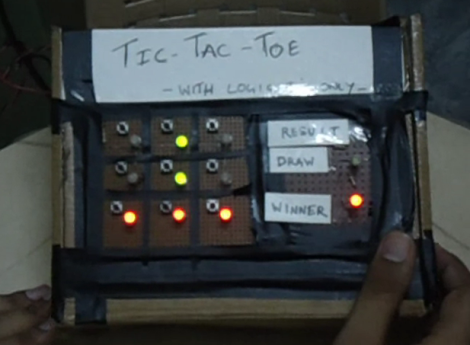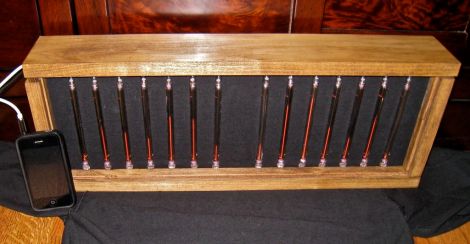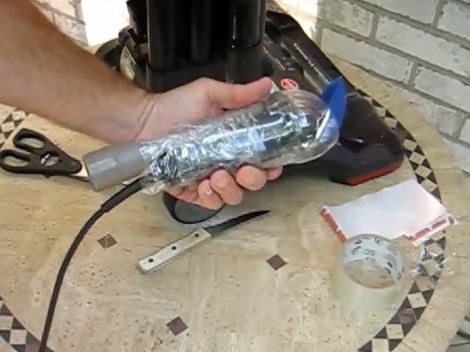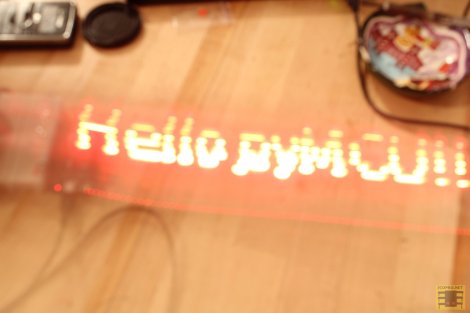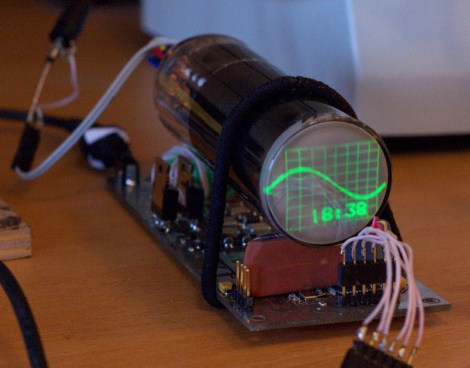
[Svofski’s] latest hack seeks to do no more than look cool on his desk. We’d say mission accomplished. He doesn’t even need anyone around to be proud of the small round CRT display unit he put together. Just having it hum away next to him will be more than enough to keep him going when regular work gets a bit tedious.
One of the biggest challenges when working with a cathode ray tube is the supply. He compares the requirements with that of Nixie tubes, and this is quite a bit more challenging since he wants to generate the 750V from a 12V DC source. To pull it off he hand wound his own transformer. There are two secondary coils, one for the cathode heater and the other as the supply. You can see a brief clip of the unit in action after the break.
Take note of the PCB section of his writeup. He took a meandering route through several different software packages before printing the board. It started with Eagle, moved to freerouting.net, which produced a Specctra file that he converted to gEDA using a Python script.
Continue reading “Custom Circuit Drives A Small Round CRT Display”

